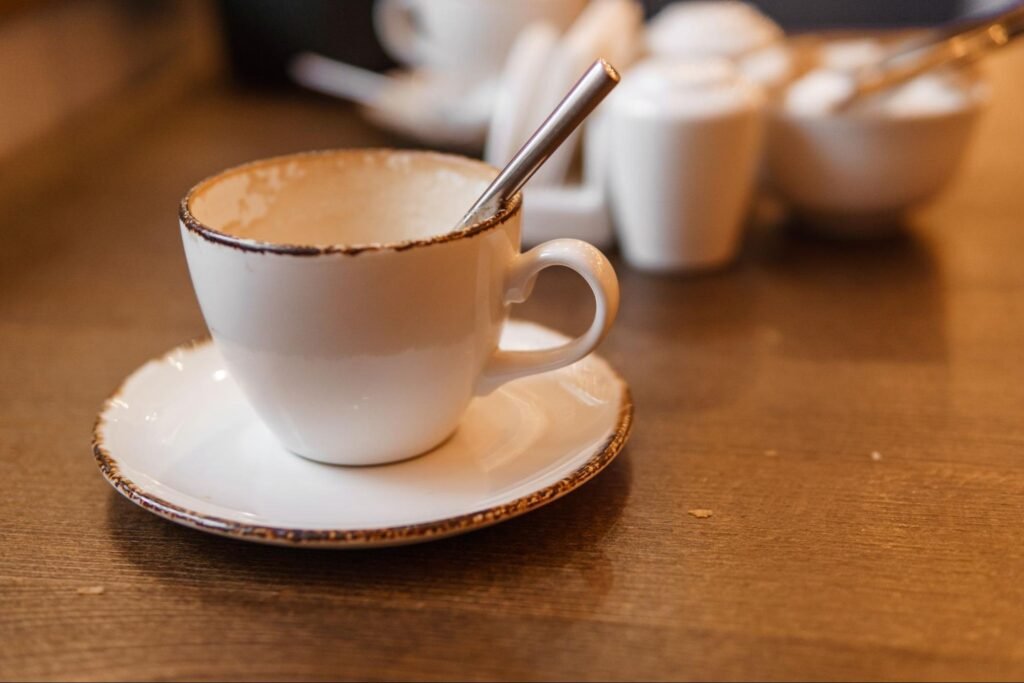
Artisanal Rituals for a Memorable Customer Experience
How can brands create a more balanced and memorable customer experience by blending artisanal product quality with thoughtful everyday rituals that keep people coming back?

For coffee lovers seeking the perfect cup, the water temperature used during brewing plays a crucial role in flavor extraction. Many enthusiasts value quality and craftsmanship, aiming for a smoother, less bitter experience without the need for cream or sugar. It’s not just about the beans; it’s about how every element, including water temperature, influences the final taste.
Research shows that water heated between 195°F and 205°F extracts the best flavors from coffee grounds, while temperatures outside this range can lead to undesirable bitterness or under-extraction. This knowledge empowers coffee drinkers to embrace a ritual that elevates their morning experience. For those who prefer supporting independent brands, understanding how water temperature affects coffee flavor can deepen their appreciation for small-batch roasting and ethical sourcing, ensuring each cup is a celebration of quality and sustainability.
Brewing coffee involves a delicate balance of factors that contribute to flavor and aroma. Water temperature plays a crucial role, influencing how well the flavors of high-quality beans are extracted. The ideal brewing temperature, between 195°F and 205°F, ensures a smooth and rich cup, enhancing the overall experience.
Using freshly roasted coffee, such as Equipoise Coffee’s Cavaliers Blend or Colombian Supremo, showcases the craftsmanship behind small-batch roasting. Each blend retains its unique profile without bitterness.
Coffee lovers can explore the nuanced flavors of Mexican Oaxaca and Ethiopian Yirgacheffe, appreciating the harmony that only premium coffee beans provide. The attention to detail in roasting connects back to Equipoise Coffee’s commitment to quality. Intentional brewing practices allow drinkers to savor moments and celebrate the ethics of independent brands.
Ultimately, understanding water temperature in coffee brewing leads to a perfect balance with every pour, making the morning ritual an enjoyable experience.

Water temperature plays a crucial role in brewing coffee, influencing flavor extraction and overall enjoyment. Using the right temperature allows coffee lovers to appreciate the nuances of high-quality beans.
Temperature impacts the molecular structure of coffee grounds. At higher temperatures, soluble compounds dissolve more readily, releasing oils and flavors. When brewing with small-batch roasters like Equipoise Coffee, optimal temperatures ensure that essential oils and flavors remain intact. This balance in extraction results in a complex and aromatic cup that highlights the craftsmanship of quality coffee.
The ideal brewing temperature ranges from 195°F to 205°F. This range balances bitterness and acidity, offering a smoother taste experience. Achieving this temperature ensures that each cup celebrates the unique characteristics of its beans while adhering to the philosophy of intentional roasting, free from bitterness.
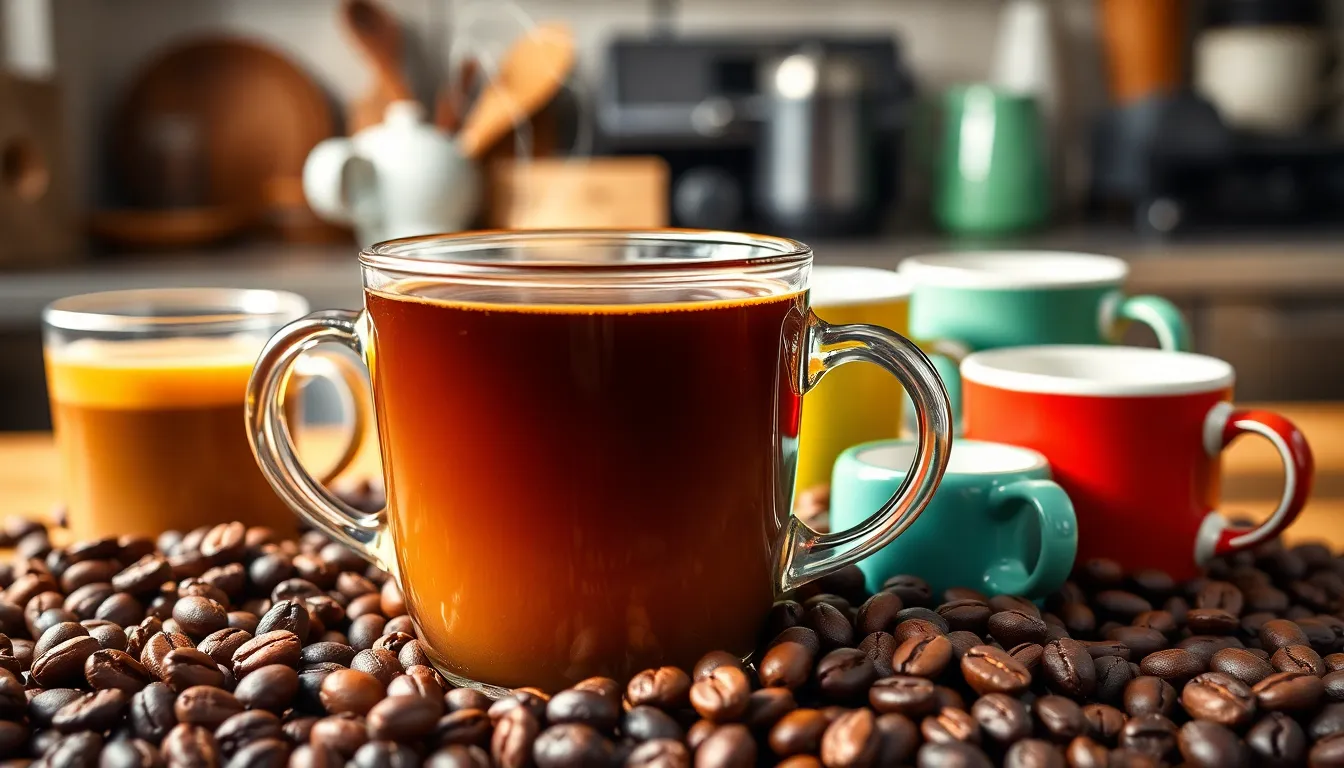
Water temperature plays a critical role in shaping the flavor profiles of coffee. Brewing within the ideal range of 195°F to 205°F releases the full potential of high-quality beans, revealing their intricate flavors.
Optimal water temperature enhances sweetness while moderating acidity in coffee. At higher temperatures, the extraction of sugars increases, creating a smoother taste experience. For instance, products like Colombian Supremo and Mexican La Laja Honey showcase this balance, allowing the caramel and fruity notes to shine. Lower temperatures may leave the coffee tasting flat, hindering the discovery of these rich qualities.
Water that’s too hot can extract undesirable bitterness and overpower more subtle aromas. Brewing with precision helps maintain equilibrium in flavor. For example, the Ethiopian Yirgacheffe and Cavaliers Blend highlight vibrant aromas balanced by a pleasant taste, avoiding harshness. Proper temperature unlocks the full spectrum of scents, inviting drinkers to enjoy the meticulously crafted qualities of small-batch roasting in every cup.
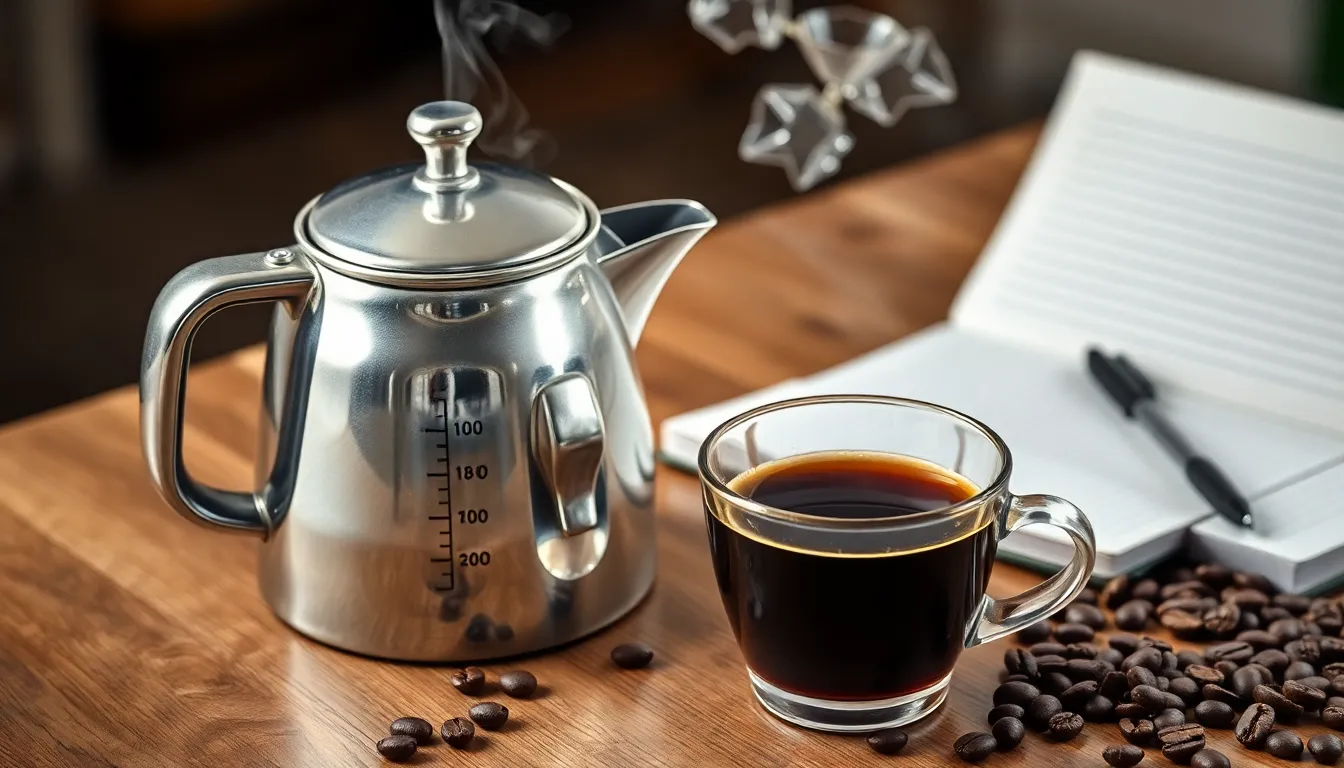
Brewing coffee at home requires attention to detail, especially regarding water temperature. Proper techniques enhance the flavor profile of high-quality beans like those from Equipoise Coffee.
Choose a kettle with precise temperature control to attain optimal brewing conditions, typically between 195°F and 205°F. Use a thermometer for accuracy if your kettle lacks this feature. Employ a coffee maker that delivers consistent, even heat, allowing the beans to showcase their full spectrum of flavors. For small-batch roasting, consider devices that allow for controlled air and heat flow, promoting an excellent balance in every cup. Equipment that honors independent brands like Equipoise can elevate your brewing experience.
Start at the recommended temperature but adjust based on taste preferences and specific blends. Test brewing methods using different water temperatures to explore flavor nuances. For instance, Ethiopian Yirgacheffe may reveal its intricate floral notes at slightly lower temperatures, while Colombian Supremo thrives at higher levels. Keep detailed notes of each experiment to identify temperature ranges that highlight the best qualities of your chosen blend, whether it’s the smooth Cavaliers Blend or the vibrant Mexican Oaxaca. Adjusting temperature facilitates a unique appreciation for the craftsmanship behind every cup from Equipoise Coffee.
Mastering water temperature is essential for anyone looking to elevate their coffee experience. By understanding how it influences flavor extraction, coffee lovers can unlock the full potential of their favorite blends. Whether it’s the delicate floral notes of Ethiopian Yirgacheffe or the rich sweetness of Colombian Supremo, precise temperature control reveals the unique characteristics of each bean.
Experimenting with brewing temperatures not only enhances the flavor profile but also deepens appreciation for the artistry of small-batch roasters. Ultimately, achieving the right balance between bitterness and acidity leads to a more enjoyable cup, making each morning ritual a celebration of quality and craftsmanship.
The ideal water temperature for brewing coffee ranges between 195°F and 205°F. This temperature helps to extract flavors without introducing excessive bitterness, leading to a smoother cup.
Water temperature significantly impacts flavor extraction by dissolving soluble compounds and oils in coffee grounds. Higher temperatures can enhance sweetness and aroma but may also lead to bitterness if too high.
Precise temperature control is crucial because it allows for optimal flavor extraction. Consistent heat helps to reveal the unique flavors and aromas of high-quality coffee beans, celebrating their craftsmanship.
Yes! Different coffee blends respond to temperature variations. For instance, Ethiopian Yirgacheffe may showcase floral notes at lower temperatures, while Colombian Supremo performs better at higher temperatures for a richer flavor.
To brew better coffee at home, invest in a kettle with precise temperature control and a reliable coffee maker. Experiment with different temperatures, and take notes to refine your brewing process and understand flavor profiles better.

How can brands create a more balanced and memorable customer experience by blending artisanal product quality with thoughtful everyday rituals that keep people coming back?

Independent coffee shops have always been about more than caffeine—they’re hubs of creativity, connection, and care. As café culture continues to evolve, new trends are
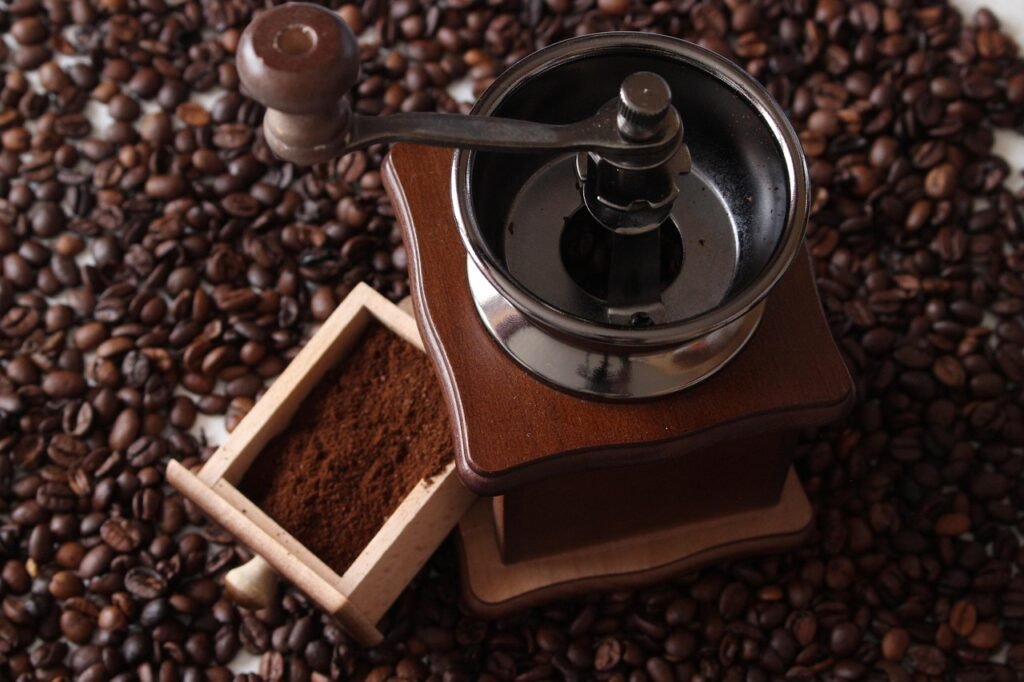
Introduction Independent cafes win when they feel like the neighborhood’s living room and operate with the discipline of a great kitchen. Below is a quick
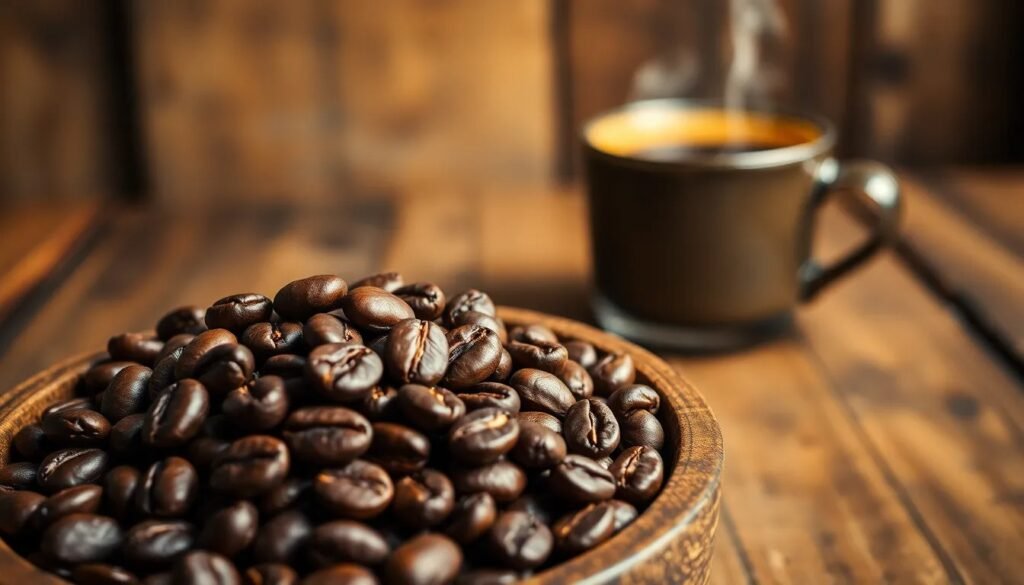
Discover how top specialty coffee brands create lasting loyalty through storytelling, sourcing, and community connection. Real tips from 6 industry experts.

Discover the ultimate showdown between two beloved coffee brewing methods: the French press and Chemex. Explore how each technique caters to distinct palates, with the French press delivering bold flavors and the Chemex presenting a bright, clean taste.

Unlock the secrets to brewing the perfect cup of coffee with our comprehensive guide on using a coffee scale. Discover how precise measurements enhance flavor and consistency while eliminating bitterness.

Discover how water temperature plays a vital role in brewing the perfect cup of coffee. This article delves into the ideal temperature range of 195°F to 205°F for optimal flavor extraction, enhancing the enjoyment of high-quality beans.

Discover the world of curated specialty coffee bundles, perfect for enthusiasts seeking quality and craftsmanship. This article explores the benefits of ethically sourced, small-batch beans from brands like Equipoise Coffee, offering diverse flavor profiles that elevate your brewing experience.

Discover the art of manual brewing to elevate your coffee experience! This article explores various techniques like pour-over, French press, and AeroPress, revealing how they enhance flavor and your connection to every cup.